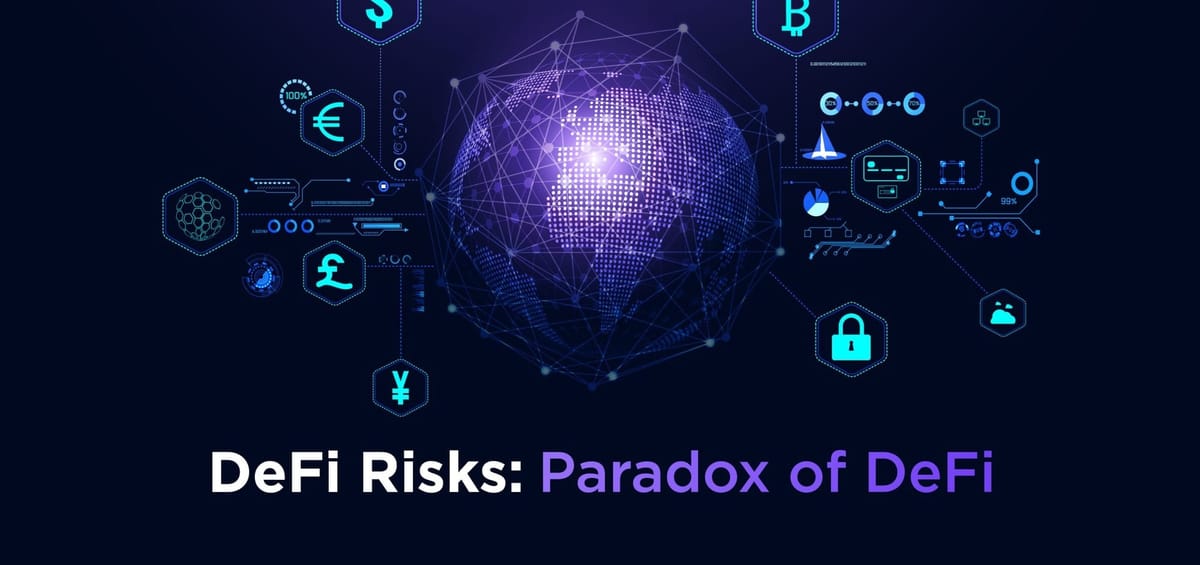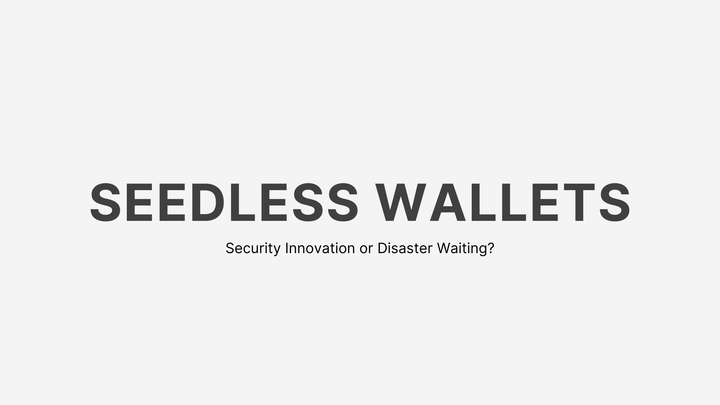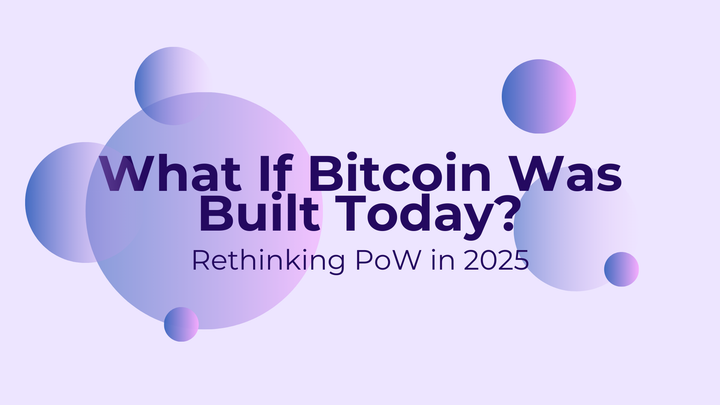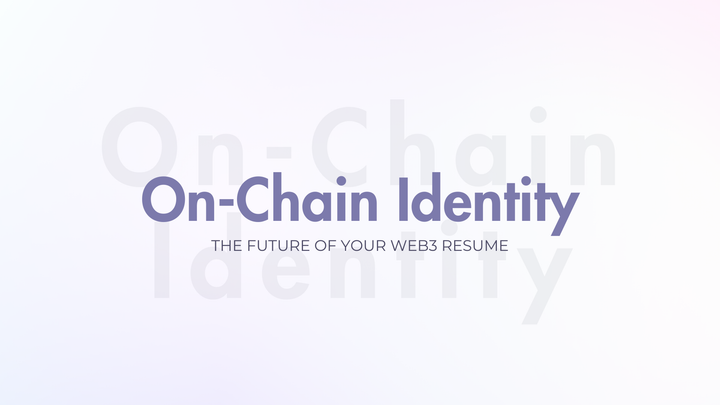Mitigating Risks in DeFi for Vulnerable Populations: A Path to Safe Adoption

Introduction
Decentralized Finance (DeFi) has emerged as a transformative force in global finance, promising to democratize access to financial services through blockchain technology. By eliminating intermediaries, DeFi offers lending, borrowing, savings, and investment opportunities to anyone with an internet connection and a crypto wallet. For vulnerable populations such as the unbanked, low-income communities, and those in regions with unstable economies—DeFi holds immense potential to foster financial inclusion. However, this promise is tempered by significant risks, including smart contract vulnerabilities, scams, market volatility, and complex user interfaces, which disproportionately impact those least equipped to navigate them.
Vulnerable populations, often lacking technical expertise or financial literacy, face heightened exposure to these risks. A single misstep, such as falling for a phishing scam or interacting with a malicious smart contract, can result in the loss of life savings. To realize DeFi’s inclusive potential, the ecosystem must prioritize risk mitigation strategies tailored to these users. This article explores the primary risks in DeFi, their impact on vulnerable populations, and actionable solutions to ensure safe adoption. Through audited protocols, user-friendly design, decentralized insurance, community education, and regulatory clarity, DeFi can become a secure and empowering tool for all.
Understanding the Risks in DeFi
DeFi operates on decentralized protocols built on blockchains like Ethereum, Binance Smart Chain, and Solana. While this decentralization enables trustless financial services, it introduces unique risks that can deter or harm vulnerable users. Below are the key risks relevant to this discussion.
1. Smart Contract Vulnerabilities
Smart contracts are the backbone of DeFi, automating transactions without intermediaries. However, coding errors or exploits in these contracts can lead to catastrophic losses. In 2022, DeFi protocols lost over $3.7 billion to hacks and exploits, with vulnerabilities like reentrancy attacks and flash loan manipulations being common culprits. For vulnerable populations, who may rely on DeFi for essential financial services like savings or remittances, such losses can be devastating.
2. Scams and Rug Pulls
DeFi’s permissionless nature allows anyone to launch a protocol, creating fertile ground for scams. Rug pulls—where developers abandon a project after collecting user funds—are prevalent, with over $2 billion lost to such schemes in 2021 alone. Phishing attacks, fake wallet apps, and fraudulent token sales further exploit users’ trust. Vulnerable populations, often new to crypto, are prime targets due to limited experience in identifying red flags.
3. Market Volatility
Cryptocurrencies underpinning DeFi, such as ETH or stablecoins, can be volatile. Even stablecoins, designed to maintain a 1:1 peg with fiat currencies, have faltered, as seen in TerraUSD’s collapse in 2022, which wiped out $40 billion in value. For low-income users, exposure to volatile assets can erode savings or remittances, undermining DeFi’s reliability as a financial tool.
4. Complex User Interfaces
DeFi platforms often feature technical interfaces requiring knowledge of wallets, gas fees, and private keys. For non-technical users, navigating these platforms is daunting. A 2023 study by ConsenSys found that 60% of new DeFi users abandoned platforms due to usability issues. Vulnerable populations, particularly those with limited digital literacy, face significant barriers to adoption.
5. High Transaction Costs
Ethereum’s gas fees, which can exceed $50 per transaction during network congestion, make DeFi inaccessible for low-income users. While layer-2 solutions like Arbitrum and Optimism reduce costs, they add complexity. For vulnerable populations, high fees can render DeFi impractical for small transactions like micro-savings or remittances.
The Disproportionate Impact on Vulnerable Populations
Vulnerable populations—defined here as unbanked individuals, low-income communities, and those in regions with weak financial systems—face amplified consequences from DeFi’s risks. The global unbanked population, estimated at 1.4 billion by the World Bank in 2021, often turns to DeFi as an alternative to traditional banking. However, their limited resources and knowledge exacerbate the impact of losses.
For example, a low-income user in Sub-Saharan Africa using DeFi to save $100 in a yield farming protocol may lose everything to a rug pull, with no recourse. Similarly, a rural user in Southeast Asia relying on DeFi for remittances may struggle with high gas fees or lose funds to a phishing scam due to unfamiliarity with wallet security. These incidents not only cause financial harm but also erode trust in DeFi, hindering adoption among communities that stand to benefit most.
Moreover, vulnerable populations often lack access to legal or technical support to recover losses. In traditional finance, consumer protections like chargebacks or fraud investigations provide a safety net. DeFi’s decentralized nature, while empowering, shifts responsibility to users, placing an unfair burden on those least equipped to bear it.
Strategies for Mitigating Risks in DeFi
To ensure safe DeFi adoption for vulnerable populations, the ecosystem must implement inclusive risk mitigation strategies. These solutions should prioritize accessibility, transparency, and empowerment, addressing both technical and human factors. Below are five key approaches.
1. Robust Smart Contract Audits and Security Standards
Smart contract vulnerabilities are a leading cause of DeFi losses. To protect vulnerable users, protocols must undergo rigorous audits by reputable firms like Trail of Bits or OpenZeppelin. Audits should be transparent, with reports publicly accessible to build trust. Projects like Aave and Compound set a precedent by maintaining audited codebases and offering bug bounties to incentivize ethical hacking.
For vulnerable populations, who may not understand technical audits, protocols should simplify communication. For instance, a “security score” displayed on the platform’s interface, based on audit results and code maturity, can help non-technical users assess risk. Additionally, adopting formal verification—mathematically proving a contract’s correctness—can further reduce vulnerabilities, as seen in protocols like MakerDAO.
Industry-wide security standards, enforced by decentralized governance bodies or consortia, could mandate audits for DeFi projects seeking listing on major platforms like Uniswap. Such standards would filter out low-quality protocols, reducing the risk of scams for all users, particularly those with limited due diligence capabilities.
2. User-Friendly and Inclusive Interface Design
Complex interfaces deter vulnerable users from safely engaging with DeFi. Platforms must prioritize inclusive design principles to lower barriers. Key strategies include:
- Simplified Workflows: Streamline processes like wallet setup or token swaps with guided tutorials. Platforms like MetaMask have introduced onboarding wizards to assist new users.
- Multilingual Support: Offer interfaces in local languages to serve non-English-speaking communities. For example, Polygon’s interface supports Hindi and Swahili, broadening access in India and East Africa.
- Mobile-First Design: Since 80% of internet access in developing regions occurs via smartphones (per a 2023 GSMA report), DeFi apps should optimize for low-bandwidth mobile networks.
- Accessibility Features: Incorporate text-to-speech or high-contrast modes for users with disabilities, ensuring inclusivity.
Layer-2 solutions like Optimism reduce transaction costs, making DeFi viable for small transactions. However, platforms must integrate these solutions seamlessly, hiding complexity from users. For instance, Argent’s wallet abstracts gas fees on layer-2 networks, improving affordability for low-income users.
3. Decentralized Insurance Protocols
DeFi insurance can protect users from losses due to hacks or protocol failures, acting as a safety net for vulnerable populations. Projects like Nexus Mutual and InsurAce offer coverage for smart contract risks, with premiums as low as 2-5% annually. However, insurance adoption remains low due to cost and complexity.
To make insurance inclusive, protocols should:
- Subsidize Premiums: Use protocol revenue or DAO treasuries to lower premiums for low-income users, as trialed by Unslashed Finance in 2023.
- Simplify Claims: Automate claims processing with oracles to reduce technical barriers, ensuring quick payouts for non-technical users.
- Educate Users: Integrate insurance tutorials into DeFi platforms, explaining coverage in simple terms.
By embedding insurance options into user interfaces—e.g., a checkbox to purchase coverage during a transaction—platforms can make protection intuitive. For vulnerable users, insurance mitigates the fear of loss, encouraging adoption.
4. Community-Driven Financial Education
Financial and digital literacy is critical for safe DeFi participation. Vulnerable populations often lack access to education about crypto wallets, private keys, or scam detection. Community-driven initiatives can bridge this gap through:
- Localized Workshops: Partner with local NGOs or community centers to deliver DeFi training in native languages. For example, Binance Academy’s outreach in Nigeria has trained thousands on crypto basics.
- Gamified Learning: Develop mobile apps that teach DeFi concepts through interactive games, rewarding users with small crypto incentives. Yield Guild Games has used this approach to onboard Filipino users.
- Peer-to-Peer Mentorship: Create networks of trained DeFi ambassadors to guide new users, fostering trust. The Celo Foundation’s ambassador program in Latin America is a successful model.
Education should emphasize practical skills, such as verifying smart contract addresses, spotting phishing links, and securing private keys. By empowering vulnerable users with knowledge, DeFi platforms can reduce the likelihood of errors and scams.
5. Regulatory Clarity and Consumer Protection
DeFi’s regulatory landscape is fragmented, with jurisdictions ranging from permissive to restrictive. While overregulation risks stifling innovation, underregulation leaves users vulnerable to fraud. Balanced regulation can enhance trust and adoption among vulnerable populations.
Key regulatory approaches include:
- Sandbox Programs: Allow DeFi projects to test protocols under regulatory oversight, as seen in Singapore’s Monetary Authority sandbox. This ensures consumer protection without stifling innovation.
- Decentralized Identity (DID): Enable KYC/AML compliance without compromising privacy. Projects like Civic allow users to verify identity once and reuse it across platforms, reducing onboarding friction for low-income users.
- Anti-Scam Measures: Require exchanges to delist tokens linked to rug pulls, as proposed by the EU’s MiCA framework in 2024. This protects users from fraudulent projects.
Regulators should collaborate with DeFi communities to avoid top-down rules that exclude vulnerable users. For instance, mandating high KYC requirements could lock out unbanked individuals lacking formal IDs. Instead, flexible frameworks that leverage blockchain’s transparency can balance compliance and inclusion.
Case Studies: Inclusive DeFi in Action
Several DeFi projects demonstrate how risk mitigation can enable safe adoption for vulnerable populations.
1. Celo: Mobile-First DeFi for the Unbanked
Celo, a layer-1 blockchain, targets financial inclusion by enabling DeFi access via mobile phone numbers. Its stablecoin, cUSD, minimizes volatility, while low-cost transactions (under $0.01) make DeFi viable for micro-transactions. Celo’s Valora wallet offers a user-friendly interface with multilingual support, serving users in Africa and Latin America. By integrating audited contracts and community education, Celo reduces risks for non-technical users.
2. Aave Arc: Institutional-Grade Security for All
Aave Arc, a permissioned version of Aave, combines DeFi’s accessibility with institutional security standards. By requiring KYC for institutional users while maintaining open access for retail users, Aave Arc balances compliance and inclusion. Its audited contracts and transparent governance inspire trust, making it a model for safe DeFi adoption in vulnerable communities.
3. PoolTogether: No-Loss Savings for Low-Income Users
PoolTogether’s no-loss prize pools allow users to deposit stablecoins for a chance to win prizes without risking principal. This gamified savings model appeals to low-income users wary of volatility. With audited contracts and a simple interface, PoolTogether mitigates risks while promoting financial inclusion.
Challenges and Future Directions
Despite progress, challenges remain in making DeFi safe for vulnerable populations. Scalability is a hurdle, as layer-2 solutions and sidechains introduce trade-offs between cost, speed, and security. Education initiatives must scale globally to reach billions, requiring significant investment. Regulatory uncertainty persists, with some jurisdictions contemplating DeFi bans that could exclude vulnerable users.
Looking ahead, innovations like zero-knowledge proofs (ZKPs) could enhance privacy and security, enabling safer DeFi interactions. AI-driven scam detection tools, integrated into wallets, could flag malicious contracts in real-time. Cross-chain interoperability, as advanced by Polkadot and Cosmos, could create a unified DeFi ecosystem, reducing fragmentation and improving access.
Collaboration is key. DeFi developers, regulators, NGOs, and communities must work together to align incentives. Hackathons focused on inclusive DeFi solutions, like those hosted by ETHGlobal, can spur innovation. Funding from DAOs or protocol treasuries can support education and insurance subsidies, ensuring no user is left behind.
Conclusion
DeFi’s potential to empower vulnerable populations is immense, but its risks must be addressed to achieve inclusive adoption. By implementing robust smart contract audits, user-friendly interfaces, decentralized insurance, community education, and balanced regulation, the DeFi ecosystem can mitigate dangers and build trust. Projects like Celo, Aave Arc, and PoolTogether show that inclusive DeFi is not only possible but already underway.
For vulnerable populations, DeFi represents more than a financial tool—it’s a pathway to economic sovereignty. By prioritizing their safety and empowerment, DeFi can fulfill its promise of a fairer, more accessible financial system. The journey is complex, but with concerted effort, DeFi can become a beacon of hope for the world’s most underserved communities.
References
- World Bank (2021). Global Findex Database.
- ConsenSys (2023). DeFi User Experience Report.
- GSMA (2023). Mobile Internet Connectivity Report.
- Chainalysis (2022). Crypto Crime Report.
- EU (2024). Markets in Crypto-Assets (MiCA) Framework.



Comments ()